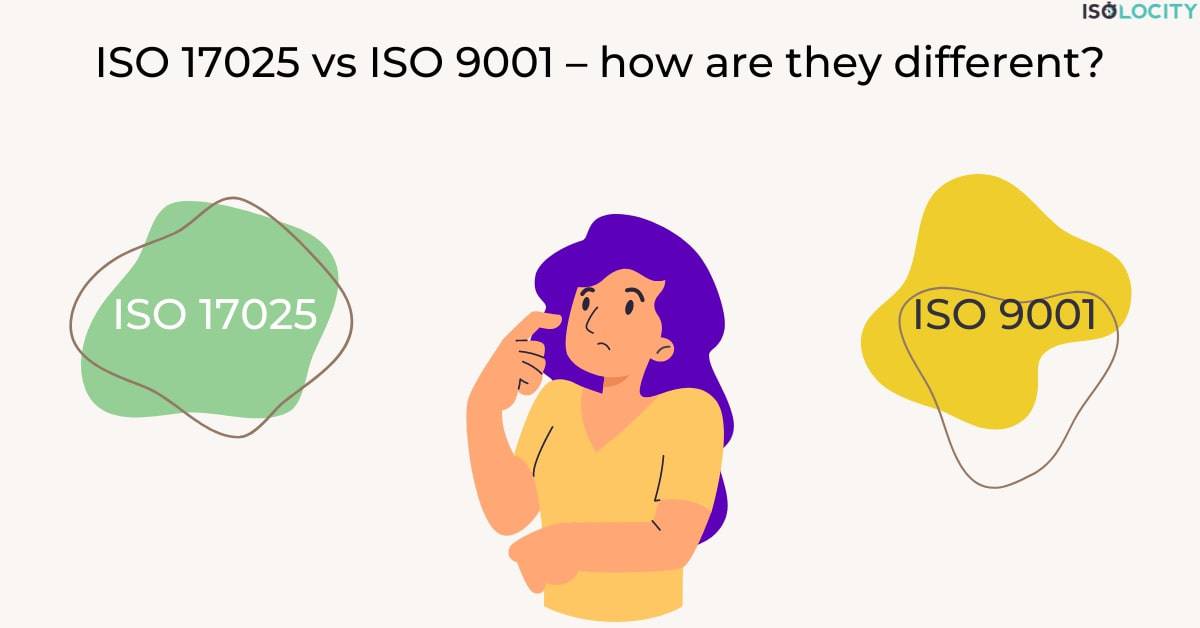ISO 17025 vs ISO 9001 – both standards are for quality management systems, but they have different purposes. The purpose of this article is to explain the difference between these two standards. This article will also explain how you can use them together for greater efficiency.
What is ISO 9001?
The International Organization for Standardization, or ISO, defines a quality management system (QMS) as a documented process of planning, implementing, and monitoring activities designed to achieve consistent results that meet customer requirements and expectations.
ISO 9001 is a standard developed by the International Organization for Standardization, or ISO. It’s one of the most popular standards in use today. Many organizations around the world use this standard. The first edition of this standard was published in 1987.
ISO 9001 outlines the requirements for a quality management system (QMS). It is recognized globally as the best practice standard for QMS.
What is ISO 17025?
ISO 17025 is a technical standard for the competence of testing and calibration laboratories. It specifies requirements for a quality system, which should be implemented by all organizations involved in test and calibration activities. The standard applies to all types of laboratories whether they are commercial or governmental; commercial, industrial, or academic; large or small in size.
The aim of ISO 17025 is to ensure that:
- Accurate measurements are made by qualified personnel using proper procedures on qualified equipment in order to produce data that can be relied upon by other parties who need it for their own purposes (e.g., product development).
- An organization’s customers know what they can expect from its services before placing an order (i.e., confidence in competence).
ISO 17025 vs ISO 9001 – the two standards can complement each other to create a comprehensive program for quality management.
ISO 9001 is a standard for quality management systems. It provides guidelines for setting up and maintaining an effective system to manage your organization’s processes. It also includes requirements for periodic reviews of the effectiveness of the system within your organization, as well as how you will monitor its ongoing performance against those requirements (for example, by using audits). Because of its focus on process improvement, ISO 9001 does not specify how you should meet customer needs. It rather helps ensure that all aspects related to meeting customer needs are managed effectively. That helps organizations deliver products or services in line with those needs at all times – without exception!
In contrast, ISO 17025 is specifically for testing and calibration laboratories. Its scope doesn’t extend beyond these types of organizations (although some would argue whether this is actually true). It provides guidance on establishing what constitutes good practice when conducting tests or calibrations in order to test methods used in various industries such as automotive manufacturing; aerospace engineering; electronics manufacturing; food processing plants–you name it!
Conclusion
ISO 17025 vs ISO 9001 – two of the most common quality management standards. They both help organizations manage their processes and products, but they do so in different ways. ISO 9001 focuses on customer satisfaction by ensuring that all steps in the production process are followed. While this is important for any business, it doesn’t necessarily mean that all parts of your product will be tested by an independent third party before sale (which is why some people prefer ISO 17025).




